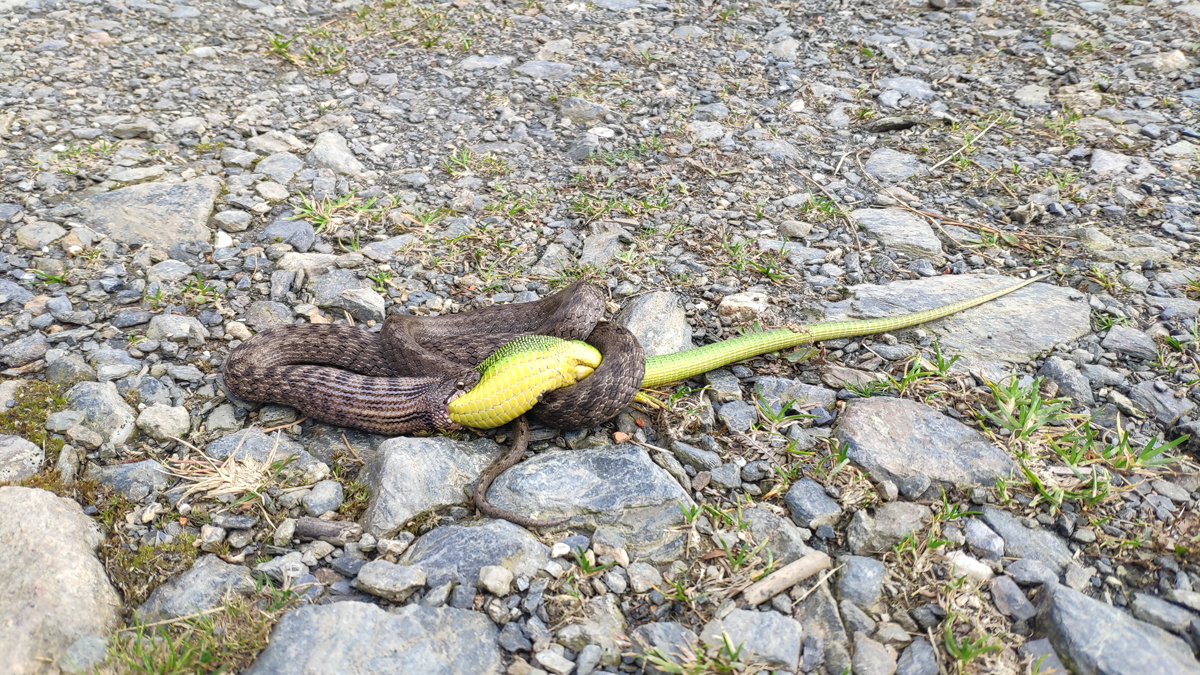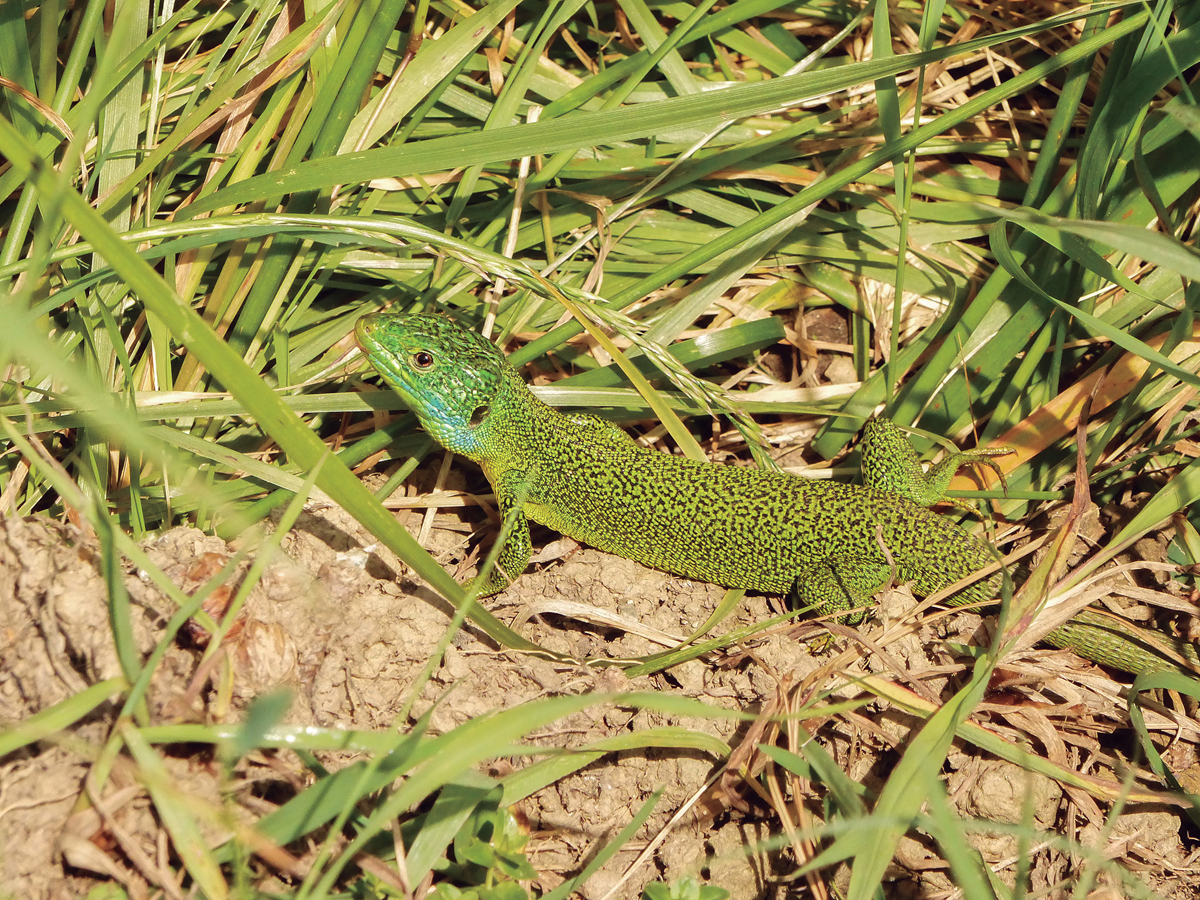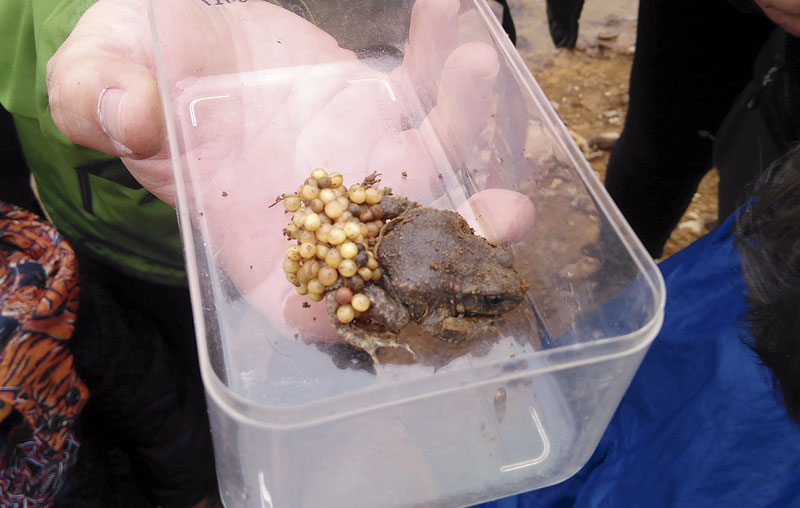Pseudos-snakes, cirauna and corner trident
- In some of the posts in this blog we have denounced how common it is to find snakes or vipers dead in our ditches after being beaten. This seems absurd, irrational, indiscriminate and contrary to all conservation criteria. But even worse when the Sican affects two species that are not snakes, although their appearance is similar, to their detriment, due to evolutionary unification. To make these two species known we will present in this entry of Naturayala: the cirauna (Anguis fragilis) and the corner Iberian trident (Chalcides striatus).

The cyraú is well known, and receives a name in each place: cillorto in Amurrio, cilorto in Orduña, enanago in Artziniega, circus in Okondo and Llodio, aguano in Zuhatza, sirón Losa… Despite being known, and of course, it has not had any venom, it often appears dead in the cunets. Ciraunas are not ophids, but “anguids”, a family of reptiles formed by long lizards without legs. If they catch it by the tail, they release it, like lizards (autotomy of the tail).
The Iberian corner triton, a corner species inhabiting our own, has the opposite: it is completely unknown, as if it did not exist in our fauna. Ayala is not as normal as in other counties of Álava, and it is also very discreet and flees at high speed. Although similar to ciraunas, skis are members of another family, such as Esquinidos or Scincidae, among which there are several species of underdeveloped limbs. It is pointless to say that they have no relation to the ophids.
Current society has enough information to overcome the prejudices and myths of the past. The issues related to knowledge and protection of the environment, which are working in school, should be a reflection of the values that we want to educate our sons and daughters. Let us hope that these horrible shows will not be repeated soon, as if the serpents, the viruelas, the viruelas and the penks, who have disappeared, would have made the world an immense favor and saved themselves from a great danger.
Udaberriaren goxotasunera iratzarri da, eta gorputzaren berdetasunean ostarte urdin bat azaldu zaio: gorputz berdea, buru urdina. Zeru zati bat ireki da musker arraren urteroko zikloan. Iritsi da momentua: ugal garaia da. Landare artean nabarmentzeak, ordea, bere arriskuak ditu... [+]










